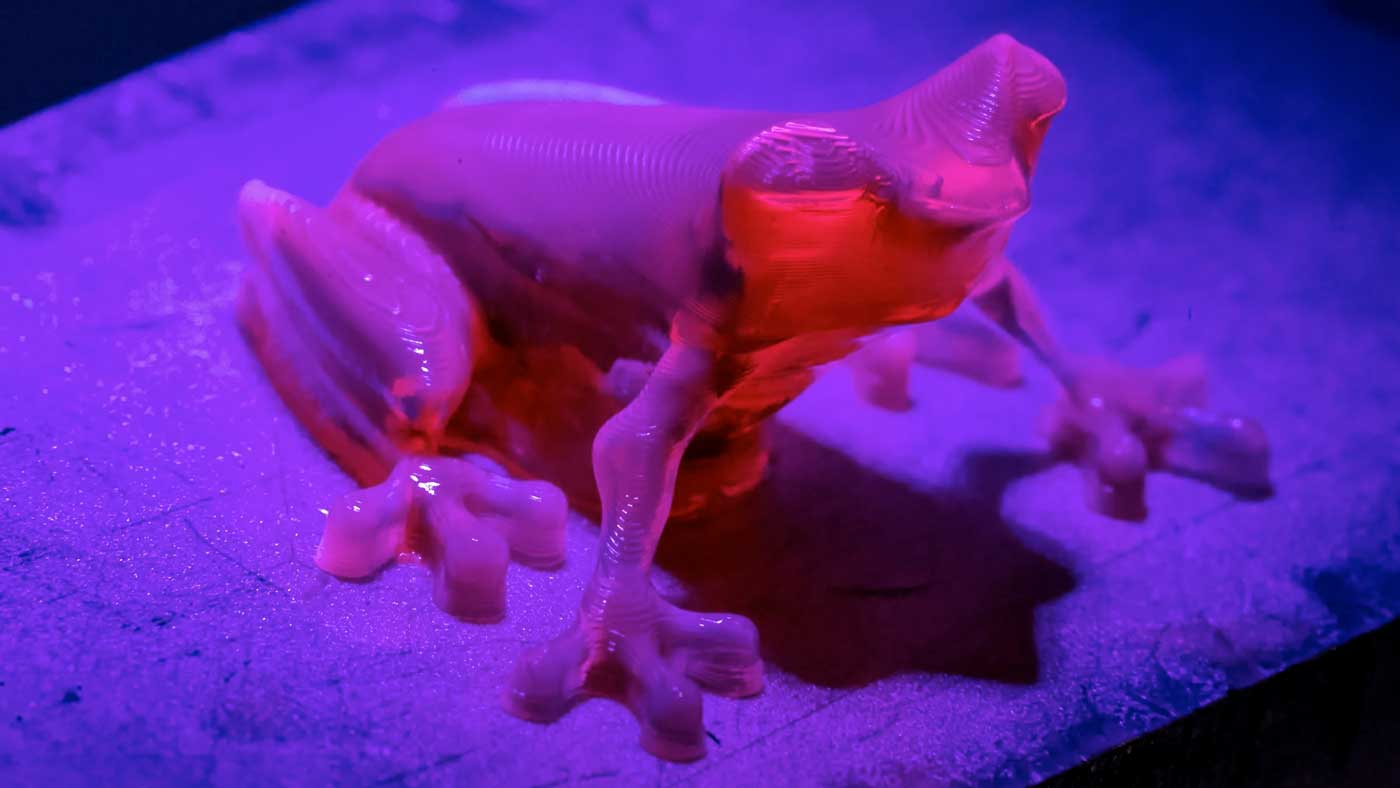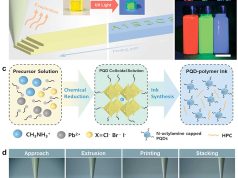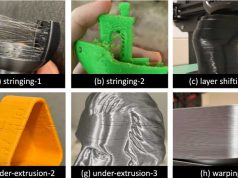Researchers at the University of Texas at Austin have developed a chemical process that could revolutionize light-driven 3D printing.
Vat photopolymerization, a powerful form of 3D printing powered by light, has made great strides in plastics manufacturing. However, this method uses ultraviolet (UV) light, which is energy-intensive, costly and potentially harmful to living cells. Chemistry researchers at the University of Texas at Austin have now developed a new process that uses visible light instead of ultraviolet light. This process enables high-precision, fast and cost-effective 3D-printed materials and has potential for a wide range of applications, including in dentistry and medicine.
“Light-driven 3D printing, or photopolymerization, is faster and much more precise than many other additive manufacturing approaches, like the filament-style printing that often comes to mind for hobbyists,” said Zak Page, assistant professor of chemistry and a corresponding author on the paper. “This new process further improves the precision of light-driven 3D printing, while making it more accessible and efficient, opening a lot of possibilities.”
The research team’s breakthrough was made possible by a chemical process called triplet fusion. This process uses unique chemical structures that can convert low-energy, long-wavelength light, such as green light, into shorter, higher-energy wavelengths, such as violet light. Page and colleagues had previously developed a process that directly utilized low-energy visible light without triplet fusion for 3D printing. However, the new triplet fusion process works by a mechanism that improves the spatial precision of printed structures while demonstrating increased resin stability, which will facilitate commercialization.
The researchers believe the new process could be used to develop materials for medicine, robotics and electronics, where interaction with delicate human tissues is necessary, improving things like joint replacements, prosthetics and implants.
“This also expands the kind of composites that we can create,” said Sean Roberts, associate professor of chemistry and co-corresponding author on the paper. “Currently, composites are limited in 3D printing because they can easily scatter UV light. Longer wavelengths of light are less easily scattered and can often penetrate deeper into materials. This allows for a more flexible printing process, and we can create things that are stronger, more flexible or more resistant.”
Connor J. O’Dea, Jussi Isokuortii and Emma E. Comer of UT were also authors of the article. The research was funded by the National Science Foundation, the Robert A. Welch Foundation and the Research Corporation for Science Advancement.
Subscribe to our Newsletter
3DPresso is a weekly newsletter that links to the most exciting global stories from the 3D printing and additive manufacturing industry.


























